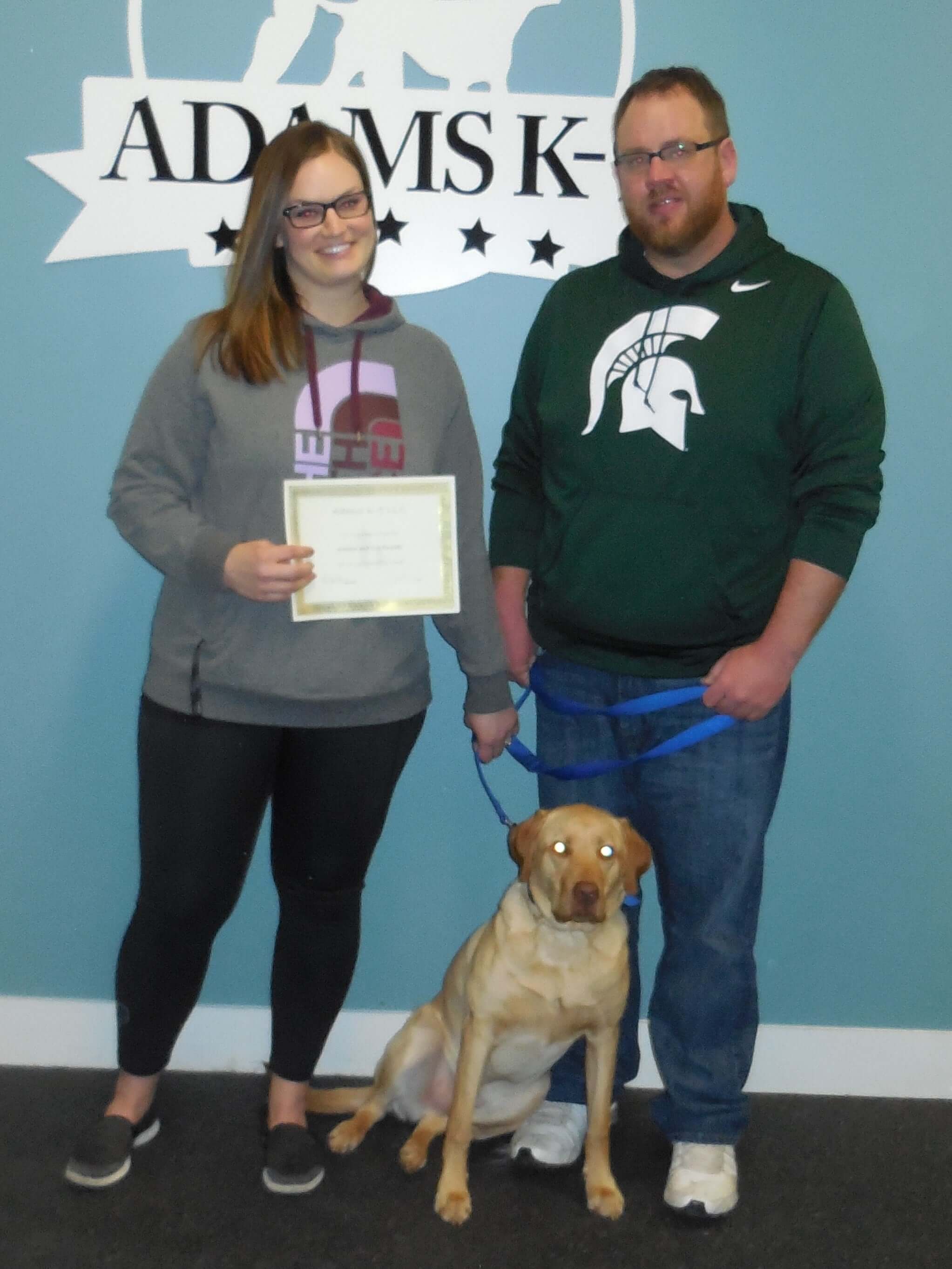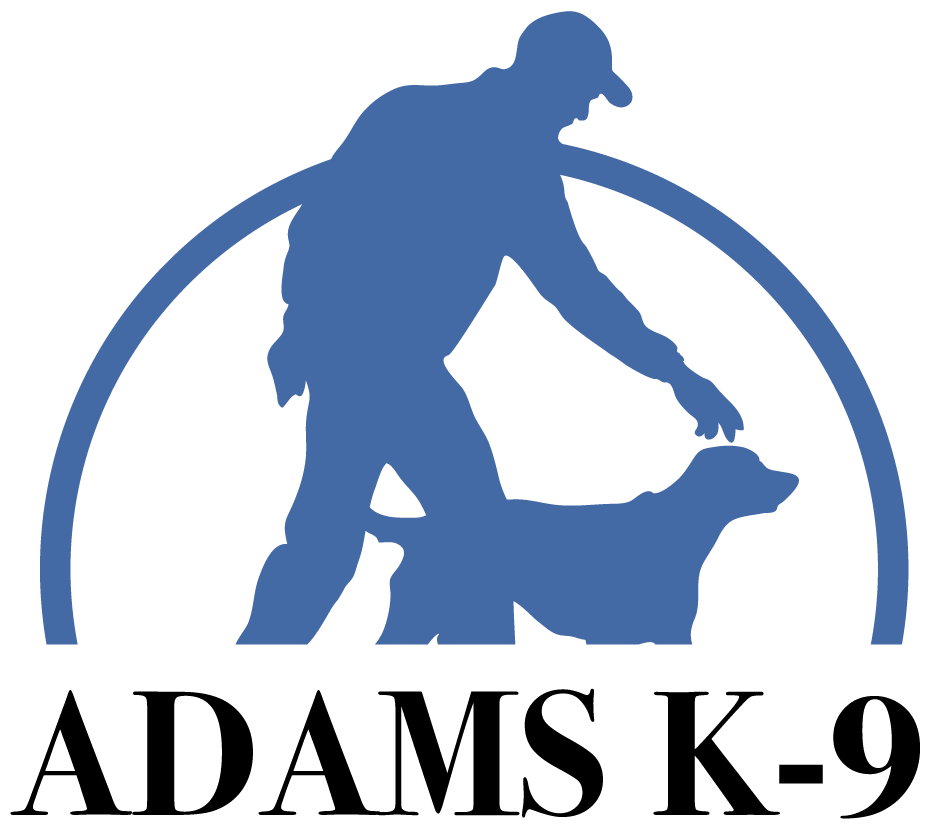 As I was driving to work today, I thought about dogs and people, why we have dogs, and so on. My ideas for dog training articles come to me at different times of the day and if I don’t write them down immediately I forget them. My wife, Julie, can tell you how quickly I forget things that I do not write down.
As I was driving to work today, I thought about dogs and people, why we have dogs, and so on. My ideas for dog training articles come to me at different times of the day and if I don’t write them down immediately I forget them. My wife, Julie, can tell you how quickly I forget things that I do not write down.
Dogs are our companions, buddy, or pal. They are Daddy’s little girl, sweetheart and sometimes a diva. Dogs calm us down when we are stressed: we pet them, talk softly to them and spoil them. If, however, all we do is pet, talk and spoil then we get ourselves into trouble.
The dog does not consider you as a buddy, pal or companion. To your dog you are not Daddy, Momma, or Adopted Parent. Dogs do not think that way. To the dog you are a team. A team can be made up of two or as many as ten. Your family is the team, and the family dog is part of that team. To us we are a family unit, but to the dog, the family is the team or pack.
A Training Testimonial
If you think of you and your dog as a team you will be on your way to freedom. I just spoke to a couple today that trained with us. They said they love taking their dog to the dog beach and trails. He’s always off lead, plays fetch at the beach and always comes when called. Prior to our dog training, they never let the dog off lead because he would run away. Now, they can fully enjoy their dog’s company. He can have freedom and enjoy the outdoors like God created dogs to do. Prior to our training, there was no team. The dog did whatever he wanted and the owners had no control. Now they have established a leader, coach, boss or whatever you want to call it, and a consistent way to communicate with their dog. Clear communication and leadership equals control.
Identifying Issues
Dogs that have aggression issues or are reactive think they are the quarterback of the team. The dog thinks, “If things go bad, Mom or Dad will jump in the fight with me. We are a team.” People tell me the dog is only reactive on a lead. This is either because of the team mentality, or your dog is fearful because he doesn’t have an avenue of escape when he’s on a leash. The dog could also be reactive because you are putting tension on the leash and triggering the reactivity. Whatever the cause, it’s my job to figure out the trigger and communicate with the dog, “No, don’t do that, do this instead.” Once I introduce an alternative behavior you will see the dog relax and calm down. You are a team and you need to advocate for your dog. You need to let your dog know, “I got this, I won’t let anything happen, I am in control.”
Your Dog Needs You!
Dogs that are fearful of people need help from the coach to work through their issues. If your dog fears strangers, do not force your dog to interact with strangers. Tell people to leave your dog alone, he doesn’t want you to pet him. We all have boundaries and social space. I don’t want strangers running up to me, hugging me and giving me kisses. Maybe your dog also has personal space and does not want dogs in his face or sniffing his genitals. Dogs say no by stiffening their body, staring, growling and biting. Be an advocate for your dog and block other dogs or people from approaching. I have owned dogs like that and I just say, “He doesn’t want to say hi,” or, “No, he’s in training and you can’t pet him right now.” You are the coach, quarterback, leader and the one responsible for your dog.
When raising and training your dog think of it as a team event. The dog doesn’t get to be the quarterback. The humans get that position, and your dog can play any other position except the quarterback spot. Be a team leader and you will be on your way to balance and happiness with your dog. If you are struggling and need a better way to communicate with your dog, shoot us an email. We can help.

